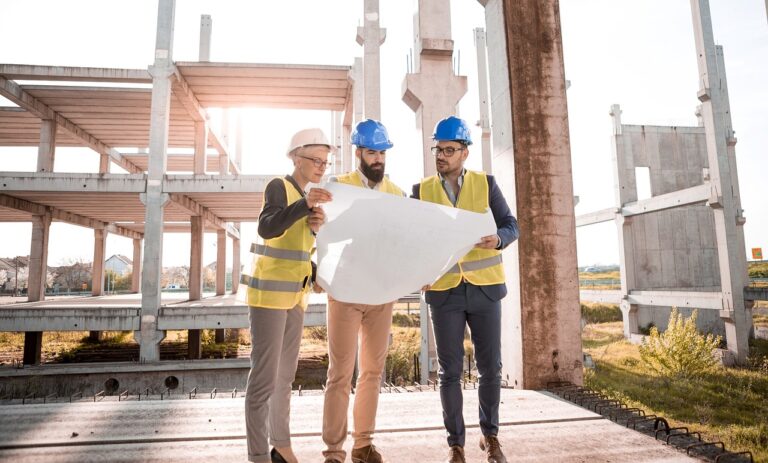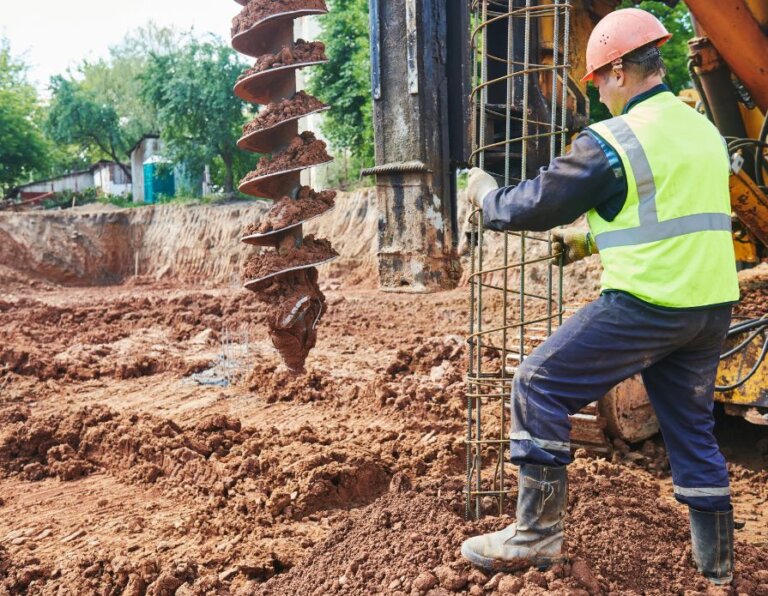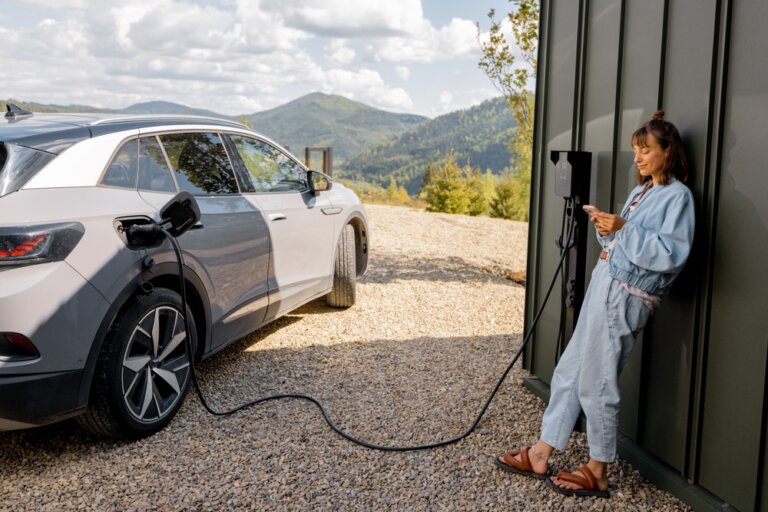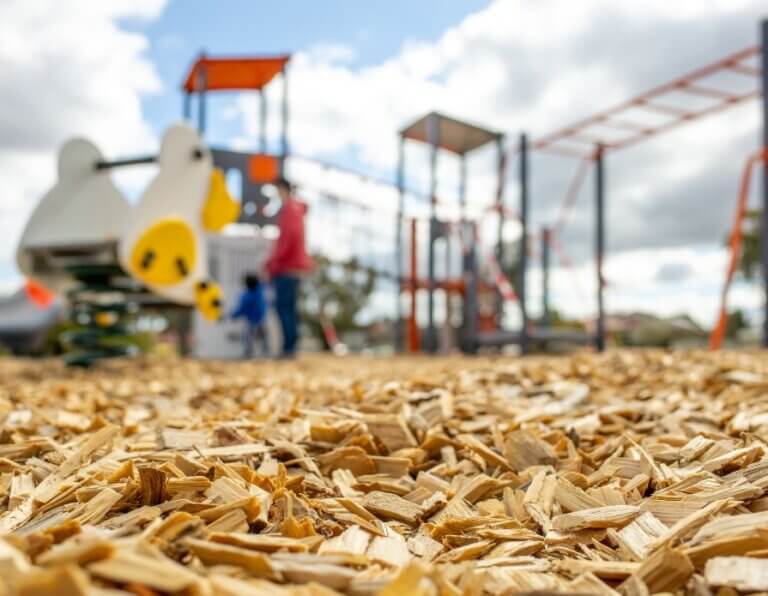Do Green Building Practices Lead to Safer Construction Sites?
Green building practices are becoming more prevalent as the built environment becomes increasingly sustainable and climate-resilient. While high accident rates and health hazards are critical concerns in traditional construction, emerging research demonstrates that sustainable methods could also lead to greater worker well-being.
What Are Green Building Practices?
Green building practices are construction methods that decrease ecological impacts and enhance occupant health. Leadership in Energy and Environmental Design (LEED) standards and similar certifications often direct processes and set stringent sustainability and wellness benchmarks.
These principles include using nontoxic materials, reducing waste streams, and optimizing energy and water efficiency. They also promote higher indoor air quality, natural lighting, resource conservation, and responsible site management.
Sustainable structures are highly valued, with investors looking to drive innovation and make greener practices more commonplace. According to the International Finance Corporation, green building technologies could attract $1.5 trillion in new private investments in sustainable materials and construction in the next decade.
5 Ways Green Building Practices Can Improve Construction Sites
Traditional construction sites are rife with safety hazards, from high pollution exposure to worksite fall risks. Emerging research indicates that green building practices can improve safety in these five ways.
Reduced Exposure to Hazardous Materials
Construction workers are exposed to high levels of suspended particulate matter (PM2.5) in the air, such as dust, cement, and gypsum. Studies show that prolonged exposure to PM2.5 could result in respiratory illness, cardiovascular disease, and cancer.
Green building materials are a cornerstone of sustainable construction. Whereas traditional materials emit volatile organic compounds (VOCs), formaldehyde, and other toxic elements, eco-friendly alternatives contain fewer harmful chemicals and emphasize healthier environments. A shift toward low-VOC paints, adhesives, and insulation boosts long-term occupational health for contractors.
Integration of Innovative Technologies
Construction sites that utilize innovative technologies are more environmentally sound and safer for workers. Research has found that on-site accidents occur four times more often than off-site, but the rise of prefabrication and modular building has lowered the risk.
Automation has also decreased manual labor in perilous tasks, promoting real-time safety monitoring and helping workers identify hazards before they worsen. One study created a smart safety system with wearable sensors to determine secure hook fastening and help prevent falls.
Many worksites have integrated renewable energy solutions, such as solar-powered lighting, to improve visibility in low-light conditions while using less electricity. Considering falls, slips, and trips account for 39.2% of all construction fatalities, proper illumination is critical.
Overall, energy efficiency is a crucial component of green building practices. Implementing sustainable materials and technologies reduces a structure’s carbon footprint by 16%, making it a foundation of modern architecture.
Improved Air Quality and Ventilation
Improved air quality and adequate ventilation are essential for green building design and directly impact construction site safety and health. Worksites that strive for minimal dust and low VOCs reduce exposure to airborne contaminants. This helps prevent headaches, respiratory illnesses, and allergic reactions during the building process.
Workers are also less susceptible to chronic illnesses, including asthma and lung diseases. Researchers have identified cough, breathlessness, and asthma as the top three respiratory conditions affecting those in the field.
Enhanced Site Organization and Waste Management
Structured waste management and enhanced organization lead to safer construction sites by ensuring robust cleanup measures and reduced clutter. In traditional settings, accumulated debris creates walking hazards. This is another reason prefabrication projects are becoming more popular, reducing waste generation by 25.85% compared to nonprefabricated projects.
Organized storage ensures that materials, tools, and large equipment are contained but easily accessible, reducing accidents. A robust safety culture makes it easier for workers to navigate job sites and concentrate on tasks.
Prioritized Worker Training and Engagement
LEED and the WELL Building Institute usually require comprehensive safety training to ensure workers are familiar with green building methods. This guarantees that they understand sustainability and best safety practices.
Worker training and engagement increase awareness of potential hazards and encourage teams to identify and report on-site risks. Contractors feel more responsible for their and their colleagues’ well-being and improvement of the overall worksite environment.
Challenges and Considerations of Green Building
While green building has progressed in recent years, it remains in its infancy. Therefore, construction workers face unique challenges with its implementation. Materials, technologies, and methods are still in development, requiring continuous learning and adaptation. Innovative materials, including recycled composites and modular components, also present unknown risks.
Nontoxic materials are typically more expensive, and sustainable sourcing could complicate supply chains. Advanced ventilation systems and renewable energy technologies are also costly. Likewise, optimizing worksites with enhanced waste management might slow down project timelines.
Construction companies should invest in ongoing training and education on new materials and protocols to eliminate these limitations and improve sustainability and safety. Consulting with green building experts and safety professionals will also improve the identification and mitigation of on-site hazards. Updating safety plans, regularly inspecting the worksite, and fostering open communication further enable better reporting of construction dangers.
Looking Ahead Toward Safer, Greener Construction
The adoption of green building practices in the construction industry leads to growing evidence of environmental sustainability and enhanced worker safety. Reducing hazardous materials, improving air quality, and increasing site organization significantly decreases the risk of accidents and fatalities.









